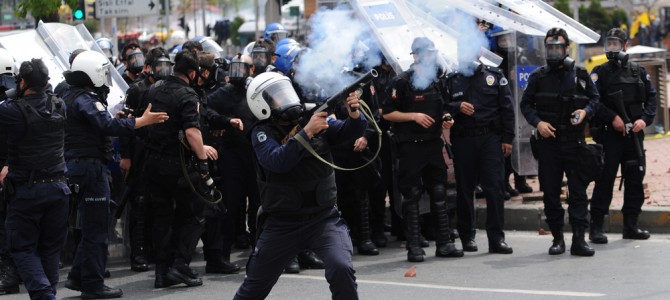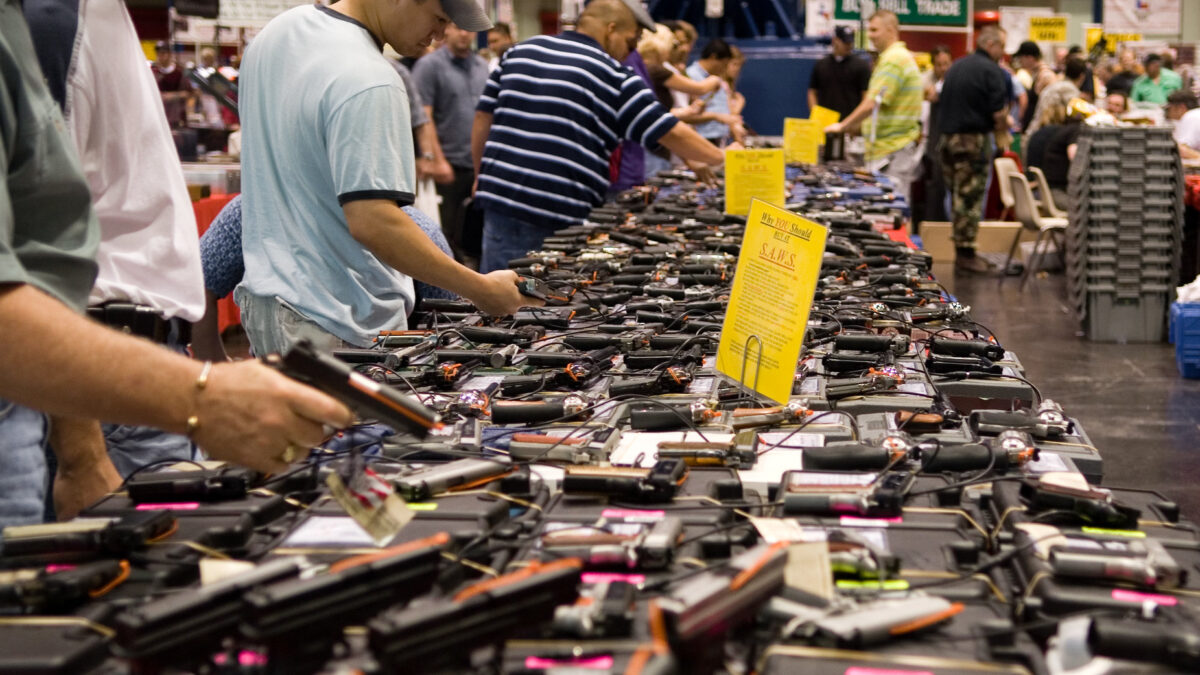
I have no idea what an editorial board meeting of The New York Times looks like, but I sometimes picture it as a gathering of the titular Dead Poets Society from the rather overrated 1989 Robin Williams movie: a bunch of mostly confused people discussing things they don’t really understand, all the while believing that they are doing something subversive.
That’s the impression one got last week, anyway, after reading the Times’s bombshell front-page editorial—the first one in almost 100 years—that demanded in no uncertain terms we “end the gun epidemic in America.” The Times declared we need to “reduce…drastically” the number of firearms in this country, “eliminating some large categories of weapons and ammunition,” claiming it is a “moral outrage and a national disgrace” that American individuals can buy firearms “designed specifically to kill people with brutal speed and efficiency.”
The Times’ Proposal Won’t Reduce Violence
There is a rich and tragic irony underneath this rather shameless screed, namely that the two rifles used in the recent San Bernardino shooting—rifles the Times explicitly flagged—were modified in such a way that they were already illegal under California law. This made no difference to the shooters who carried out the act, which is an archetypal example of criminal behavior. It turns out that murderers aren’t interested in following the law, and that they will violate gun regulations if it suits their murderous intent.
Missed points aside, it is reasonable to assume the Times’s proposed bans will not stop at the kinds of rifles used in San Bernardino. The paper lists five other shootings in order to bolster the editorial board’s case—shootings that took place in Colorado, Oregon, South Carolina, Virginia, and Connecticut.
But these incidents involved a great many different weapons: Charleston’s killer used a .45-caliber handgun, Virginia Tech’s shooter used both a 9mm and a .22-caliber pistol, the Colorado movie theater shooting involved a Remington shotgun and a .40-caliber handgun in addition to the shooter’s rifle, and the Oregon shooter was armed with five different handguns. The Navy Yard shooting two years ago—which killed almost as many as the shooting in San Bernardino—was carried out largely with the same Remington shotgun used in Aurora. If someone is both trained and determined, in other words, virtually any kind of firearm can “kill people with brutal speed and efficiency.”
Does the Times wish to confiscate and ban these types of extremely common firearms? One assumes the answer is yes—which is to say, the newspaper is demanding not simply a ban on a few classes of guns, but rather the wholesale prohibition of essentially every practical firearm in America.
Seizing Guns Will Ignite a Civil War
All of this is somewhat subordinate to the larger and more pressing problem, one National Review’s Charles Cooke is wont to point out: a confiscatory gun regime in the United States would almost assuredly lead to another civil war—different and more righteous in its intentions than the first one, to be sure, but just as threatening to the Union, and likely more deadly than the astonishingly fatal conflict that ended in 1865.
I know of no Second Amendment enthusiast—myself included—who desires such a war. The prospect itself is uniquely horrifying from about every possible angle, not the least of which would be the existential threat it would pose to these United States. Indeed, all but the most blustery and irrational gun owner obviously prefers not to raise his weapon against his fellow countrymen and his government.
But plainly the prospect nonetheless lies. This country is not Australia, it is not England—it is the United States of America, and consequently what the Times is proposing is distinctly, inherently dangerous. They are not calling for some crummy, expensive health insurance law or another hike on the top marginal tax rate, after all; the realities of gun ownership and gun culture in the United States are much more significant and much more potentially catastrophic than the average progressive political endeavor.
If this has become the established tenor of the gun control movement, so be it. At least we can be done with the shallow euphemisms and preposterous rhetoric that has defined the gun control agenda for years. But if the anti-gun crowd is going to be honest about its intentions, then it should at least be honest about the potential devastation its agenda may wreak upon the country.
Prior to last week, the gun control movement consistently assured everyone: “Nobody wants to take your guns.” That veneer has apparently been cast aside, and has been replaced with an outright call for confiscation. So be it. But let us hope this ridiculous and dangerous idea goes no further than the front page of The New York Times.









